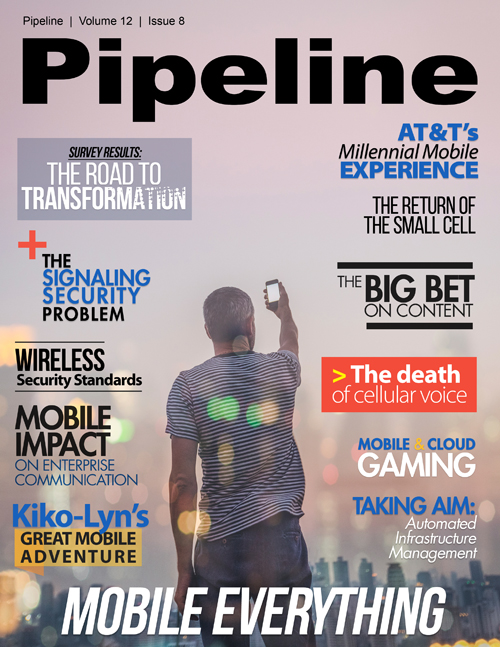The Death of Cellular Voice
Google has also been dabbling in the WiFi-cellular voice integration space with Project Fi. A recent article by Nicholas Armstrong covers the pros and cons of Google’s service. Although a good start, the unidirectional hand-off from Wifi to cellular and the delays encountered during transitions will likely not be acceptable to most customers.
Revenue Models
Two revenue models are emerging to support the future of a data-only network to support application IP traffic as well as VOIP. These are a flat-rate service with unlimited usage and a pay-as-you-go model. The best example of the flat-rate model is Swisscom. With a customer-friendly web application to recommend service levels, Swisscom offers unlimited calling, messaging and data access within Switzerland, as well as limited roaming in the EU and Western Europe. With unlimited data, moving to mobile VOIP becomes easier, allowing Swisscom to begin a phase-out of mobile voice as consumer demand shifts from voice to data.
An example of a pay-as-you-go model is PTel Mobile’s PAYGO service. This model offers voice calls at 5 cents per minute, 2 cents per text message, and 10 cents per megabyte of data. Using their web-based cost estimator, purchasing 300 voice minutes, 1,000 text messages and 50 megabytes of data results in a charge of 30 dollars. With this model, PTel revenue is directly based on customer usage, allowing consumers to choose between paying for mobile voice or VOIP on demand.
The appropriate model for each service provider is likely based on how they pay for their infrastructure usage, the target demographic of their customer base, how quickly their region is likely to move to a data-only network infrastructure and other factors.
Data-Only Networks
Finally, getting to data-only networks has a significant future advantage for network infrastructure operators. Unifying protocols will allow for better management of network traffic across cellular, small cell, WiFi and other emerging wireless network technologies, as well as backbone and long-haul services. It will also allow for better interoperability between providers of all three major delivery technologies: fiber, cable and wireless.
For this to occur, legacy infrastructure needs to be retired and upgraded in the US, Europe, Southeast Asia and other areas where cellular service was established primarily as a voice network. The eventual roll-out of 5G technology in the early 2020s may see the first deployment of data-only networks. The deployment of such a network will certainly signal the accelerated death of cellular-based mobile voice.



















